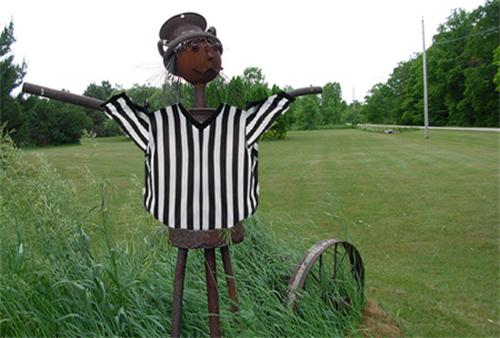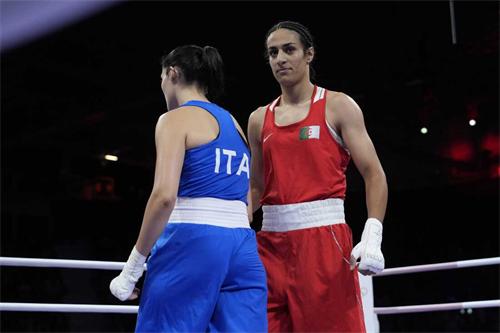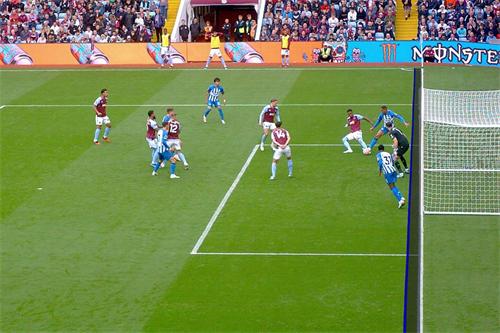Robot Referees: Will AI Officiating Eliminate Human Error in Sports?

In sports competitions, referees are not only enforcers of the rules but also guardians of fairness and legitimacy. However, their decisions often spark controversy and can even directly impact the outcome of a game. Therefore, reducing human error and enhancing fairness has long been a key concern in the world of sports. With the advancement of artificial intelligence (AI) and computer vision technology, AI officiating systems are emerging as a promising new approach.
AI referees use advanced algorithms and real-time image recognition technology to quickly and accurately identify actions and events during a match, eliminating biases caused by human judgment errors. For instance, AI systems can analyze data and make calls within moments, avoiding delays due to slow human reaction times. More importantly, AI is not influenced by emotions or subjective factors, allowing it to maintain consistency and objectivity in decisions. This makes AI officiating highly applicable across various sports, including football, basketball, and tennis.
To prevent incorrect calls, many sports have already introduced video review systems. Take football as an example: the Video Assistant Referee (VAR) system has been implemented since 2016. It allows referees to review key moments from multiple angles—such as goals, penalties, red cards, and player warnings—to improve decision accuracy. Similarly, Major League Baseball (MLB) introduced a challenge system in 2014, where each team can request up to three video replay reviews, retaining the opportunity if the challenge is successful.
However, these systems are not without their shortcomings. Because video reviews rely on initiation by referees or players, certain errors may still slip through unnoticed. Additionally, the use of replays can disrupt the game's rhythm, potentially diminishing the viewing experience for both players and spectators. As a result, there is a growing demand in the sports world for faster and more precise officiating aids.
A significant advancement occurred at the 2022 FIFA World Cup in Qatar with the introduction of “semi-automated offside technology” (SAOT). This system utilizes 12 cameras mounted on the stadium roof to track 29 body points of each player in real time and combines this with an inertial measurement unit (IMU) sensor inside the ball to accurately detect offside positions. This significantly reduced the need for lengthy VAR reviews and maintained the game's rhythm.
Baseball is also actively exploring AI implementation. Professional leagues in the U.S. and South Korea have begun piloting the "Automated Ball-Strike System" (ABS), which uses three cameras to track the pitch trajectory in real time. By considering each batter’s personalized strike zone, the system can automatically determine whether a pitch is a strike, reducing disputes in ball-strike calls.
However, some argue that human error is part of the charm of sports. This is especially true for events like figure skating and gymnastics, which emphasize both artistry and technique. In such disciplines, artistic expression is difficult to quantify objectively, and the subjective judgment of referees is essential. While AI can improve decision-making efficiency, it still struggles with elements such as game tempo and interpreting athletes’ performances. Thus, AI should serve as an ‘assistant’ rather than a ‘replacement’, with final decisions left to the human referees who consider both AI data and the real-time context.
In conclusion, AI officiating technology shows great potential in enhancing fairness and reducing errors in sports, but it cannot fully replace the experience and intuition of human referees. The future of sports officiating is likely to be a collaborative stage where AI and human referees work side by side, striving for greater fairness and brilliance through the fusion of technology and sport.
RECOMMEND FO YOU



